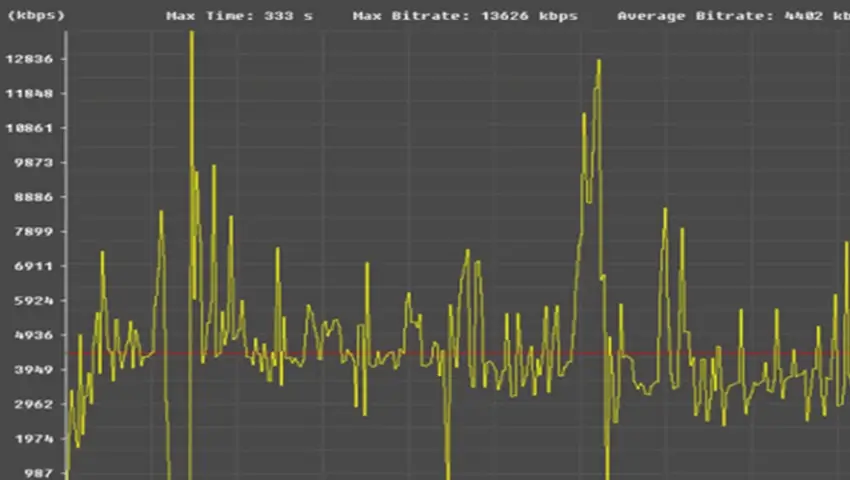When setting up a CCTV recorder, you will notice the option to choose between mainstream or substream. But what are mainstreams and substreams? These settings are used to view DVRs via LAN, WAN or Internet. This is a detailed description of both.
Contents
What is Mainstream?
This is the mainstream that affects the data recorded to the hard drive and it will directly determine the quality of your recording. Resolution is important because it represents the size and quality of the image and should not be ignored. Frame rate (FPS-frames per second) indicates how many frames are captured per second, and more frames are captured, making recording smoother, smoother, and higher quality-25FPS = “real time”. Higher resolutions and frame rates look best, but be aware that it will take up more storage space on your hard drive. Setting a higher FPS will also affect the Internet bandwidth when watching live streams. With higher settings, users with limited Internet speeds may be affected. The bit rate affects these two settings and is usually determined by the above. Lowering the mainstream setting is an effective way to increase the available recording time.
What is a Substream?
Some newer DVRs on the market provide a feature called sub-stream or dual-stream. When the resolution or frame rate of the recorded video is too high for the available bandwidth, a substream will be used to view the DVR over a LAN or WAN.
A substream or extra stream is the second codec that runs with the main stream. This way, you can reduce outgoing Internet bandwidth without sacrificing your direct recording quality. Sub streams are usually dedicated to live streaming by smartphone apps, but some smartphone apps do allow users to choose the mainstream. Decreasing the sub stream setting is usually a common solution to the inability to display pictures on smartphones. Users with limited Internet speeds may benefit the most from this setting.
For example, if your DVR is recording at 704 × 480 (30fps) in real time at 4CIF (or D1) resolution, that will give you some great recordings, all of which are 4 times the average CIF (360 × 240). ) And record in real time. Unfortunately, in most cases, you will not be able to watch videos remotely and smoothly over the Internet, because the DVR location does not provide enough available bandwidth. In this case, you will benefit from a sub stream set to a lower resolution, such as CIF (360 × 240). This allows you to get a high-quality recording, but still view smooth videos over the Internet.
When is Each One Used?
Mainstream: is the primary video feed mainly use for recording..
Sub-stream: is used mainly for remote viewing from computers, smartphones, or tablets over the Internet from outside the network..
For more information on how to adjust the mainstream and substream settings for your specific DVR / NVR refer to DVR Operation – Network > Substream.





